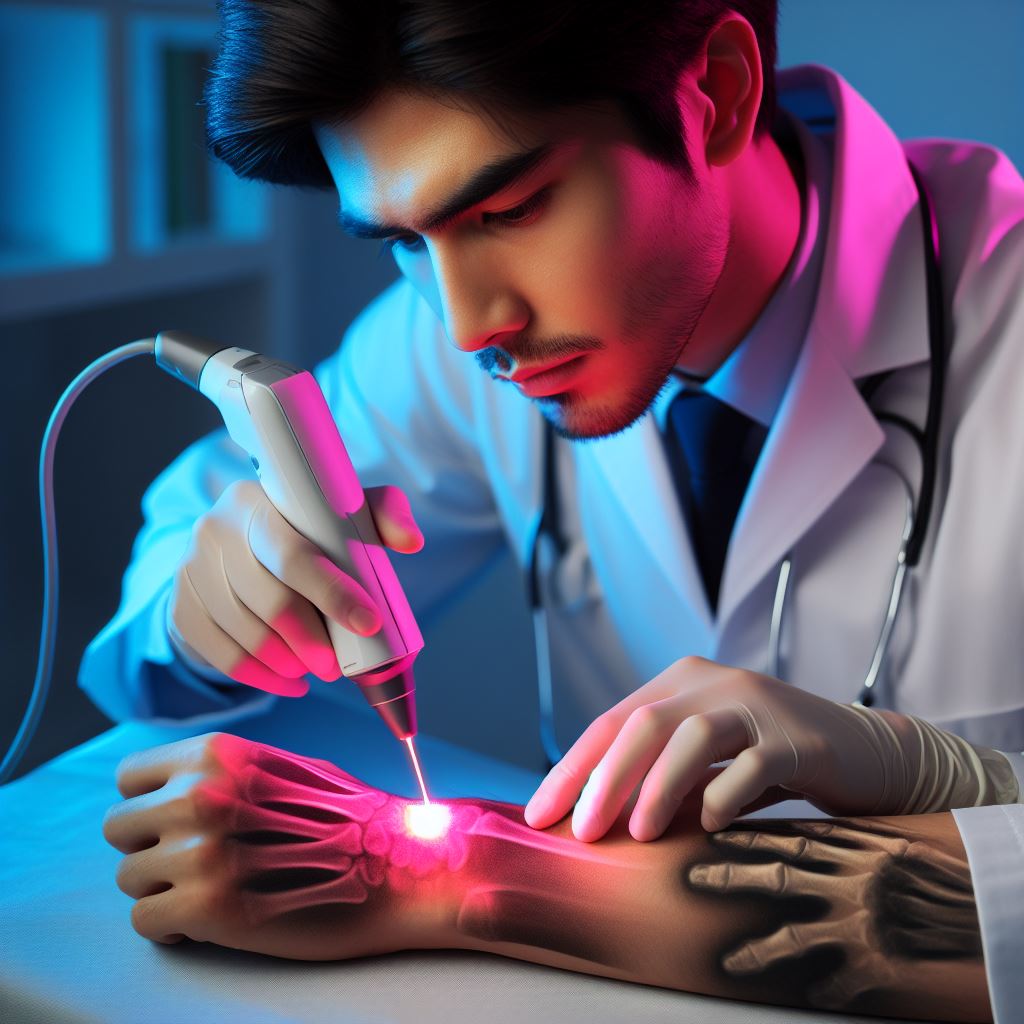
Improving Skin with Plasma Therapy: An Effective Method for Treating Wounds and Skin Renewal
Introduction:
Plasma therapy is one of the modern therapeutic methods that accelerates the body's healing process by using the patient's blood. This approach is widely used in wound healing, skin rejuvenation, and treatment of some skin problems. In this article, we will review this new approach in skin improvement and wound treatment.
1. What is Plasma Therapy?
- Plasma therapy is a therapeutic approach that uses the patient's plasma to stimulate healing processes in the body.
- In this approach, the patient's blood is separated and divided into plasma and other blood components. The plasma, containing growth factors and improvement processes, is then used in the targeted area for treatment.
2. Applications of Plasma Therapy in Skin Improvement:
- Skin Rejuvenation: Plasma therapy is considered as an effective and novel method in skin rejuvenation. By stimulating collagen and elastin production, the skin improves from within and becomes younger, more transparent, and free of wrinkles and lines.
- Treatment of Skin Spots: Plasma therapy can be effective in treating skin spots caused by various factors such as sun exposure, aging, and wounds. By stimulating improvement processes, skin spots decrease, and the skin gradually returns to its natural color and uniformity.
- Treatment of Chronic Wounds: Plasma therapy is considered an effective method in treating chronic wounds. By stimulating improvement processes, wounds heal faster, and the risk of infection and other side effects decreases.
3. Plasma Therapy Procedure:
- Plasma Separation: Firstly, the patient's blood is separated, and its plasma is separated from other blood components.
- Injection or Use of Plasma: Plasma is injected or used in the targeted area for treatment, stimulating improvement processes.
- Results: With continued treatment, healing results become noticeable, and the skin improves.
Conclusion:
Plasma therapy is considered an effective and modern method in improving skin and treating wounds. By stimulating improvement processes, the skin becomes younger, more transparent, and free of defects, while wounds improve. This approach, by reducing the risks and side effects associated with traditional treatment methods, is considered a suitable option for many skin problems.
